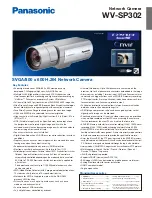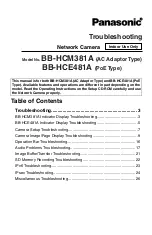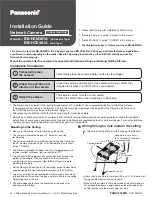
U N I X P r i n t i n g
C h a p t e r 5 : T C P / I P C o n f i g u r a t i o n
❖
5-35
5. Is this printer PostScript?
Type
yes
or
no
and press
.
6. The script creates a printcap entry for the printer just
configured. The screen displays the entry and asks if you
want the script to append it to your /etc/printcap file. See
below for a sample printcap file. Type
yes
or
no
and press
. If you type no, you may perform manual edits.
In your /etc/printcap file, be sure not to change the name
of the device given NIC in Step 2. You must reference the
same lp: entry you wrote on the lp command line of the
printcap file. For example:
<printer_name> | NIC printer:\
:lp=/dev/<printer_name>:\
:if=/usr/nic/infilter:\
:sd=/usr/spool/<printer_name>:
All printcap entries must be prefaced with a tab except
for the entry on the first line.
7. The script creates a spool directory in /usr/spool and
starts the daemon for the newly configured printer. It also
displays the path used if you ever need to restart the
daemon. For example:
/usr/nic/lpr_print /dev/nic/<printer_name> printfast
10001 &
8. Run the ps command so that you can view all your lpd
processes.
Type:
ps -ax | grep lpd
9. Kill all of your lpd processes. Type:
kill -9 <Process ID>
(this will stop
ALL
printing).
10. Restart the daemon.
Type:
/use/lib/lpd
Book.frm : CHAP5.FRM Page 35 Saturday, October 12, 1996 7:43 AM
















































